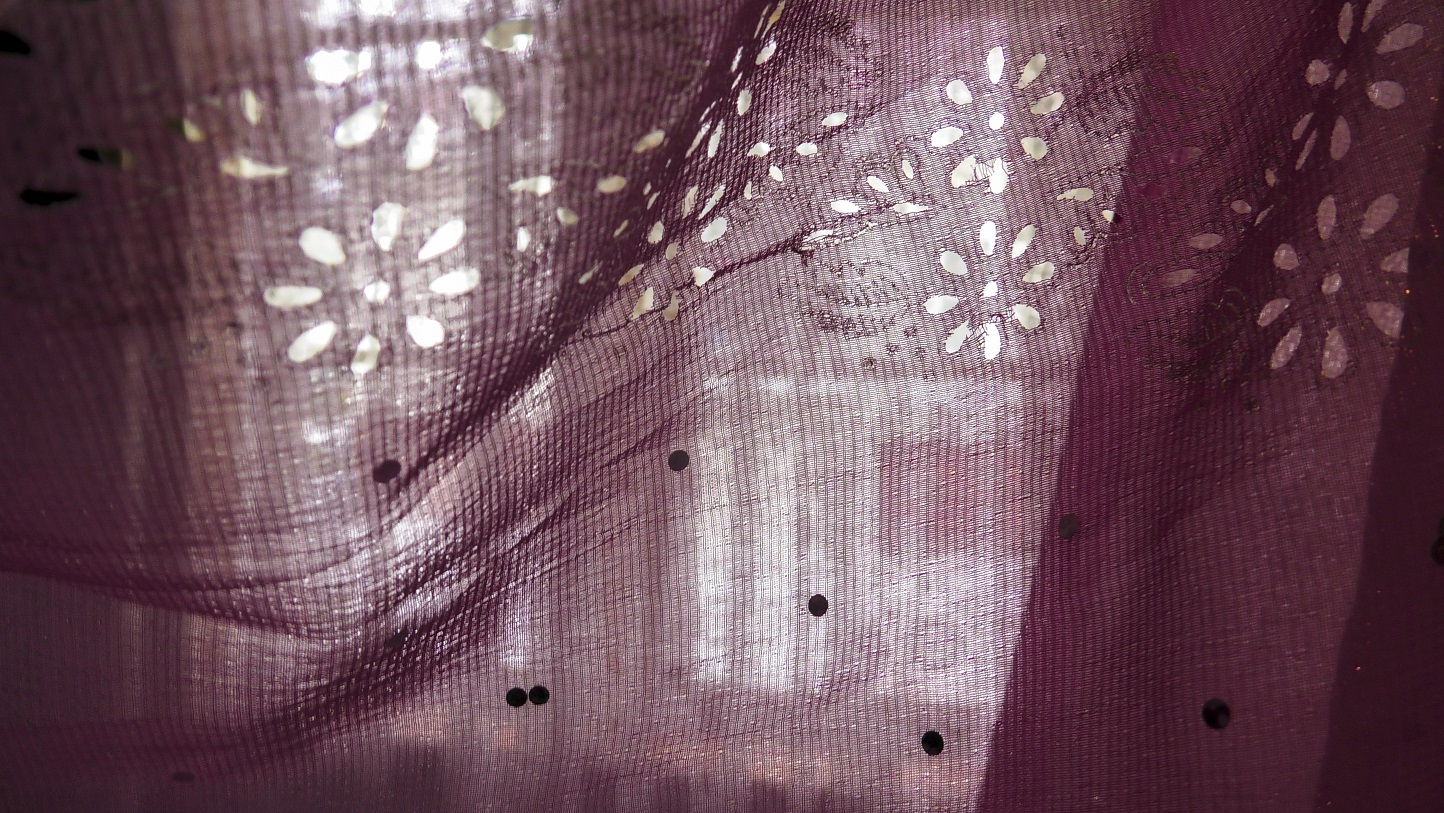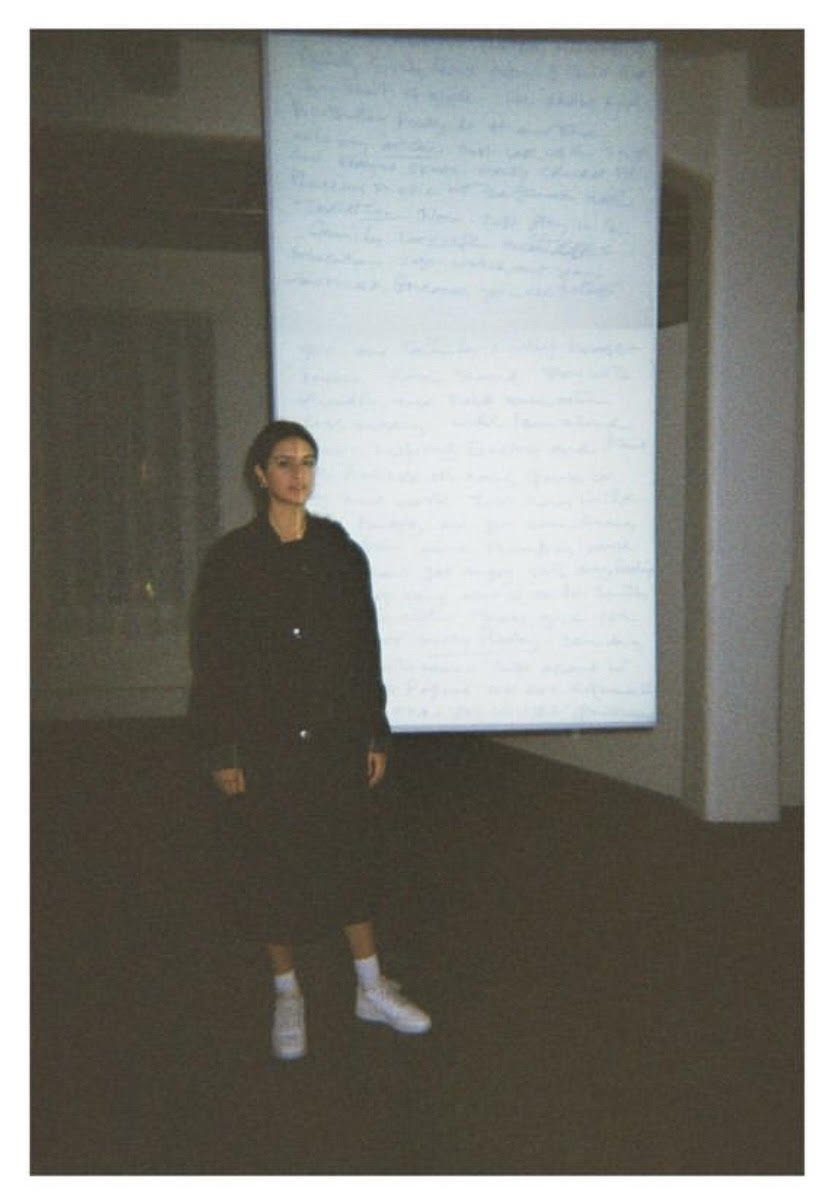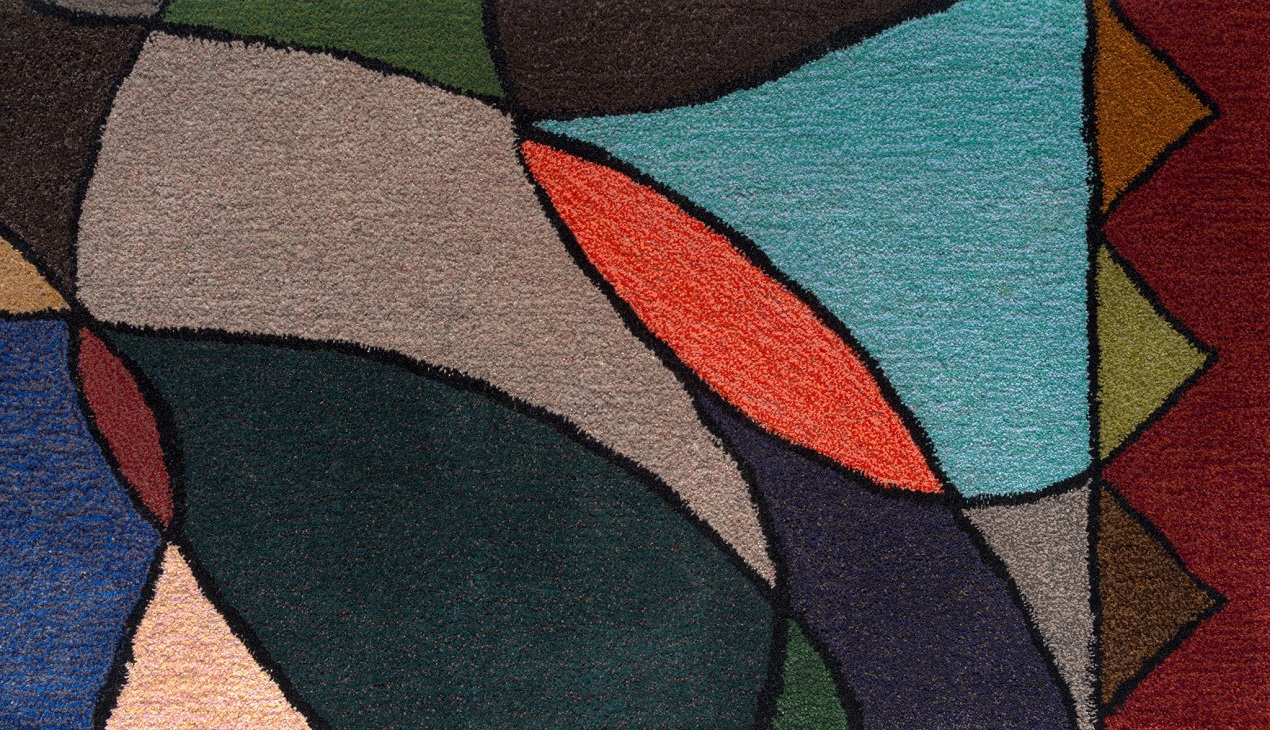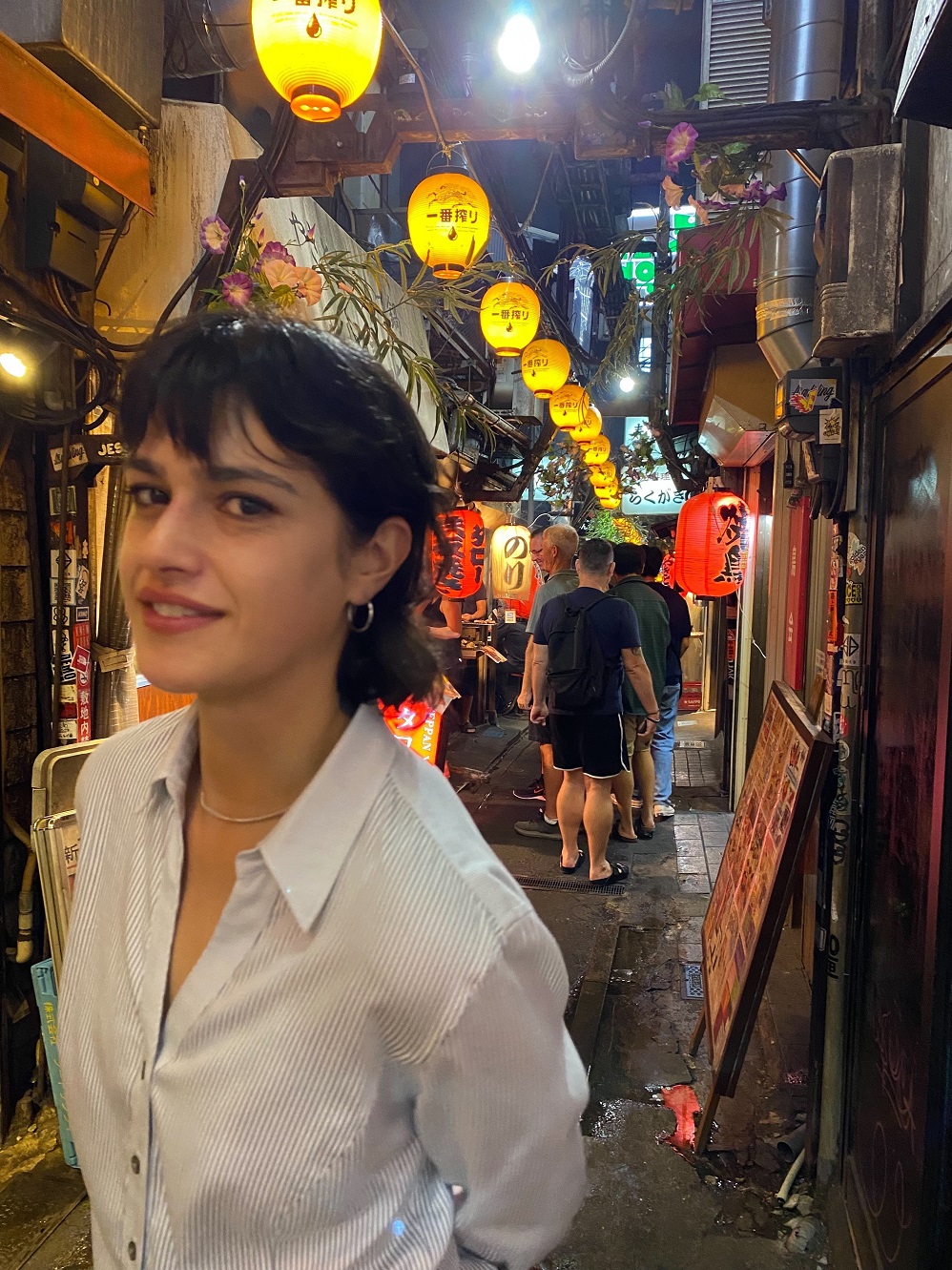
Three Dunedin artists, Ilish Thomas, Madison Kelly and Megan Brady, are featuring in the biggest exhibition of contemporary art ever held at Christchurch Art Gallery — "Spring Time is Heart-break: Contemporary Art in Aotearoa". Rebecca Fox talks to Thomas about home and family.
It began with a letter.
An Auckland-based Indian father and grandfather writing to his daughter and grandchildren in Dunedin about the struggles he faced as a new migrant to New Zealand.
Ilish Thomas was only a small child when it arrived, but that letter, the last he sent before he died, is special to her.
"He held everyone together. He was a figure in the Indian community, he talks about his struggles being a migrant and creating a space in New Zealand. He talks about his intentions, working two to three times harder to get to the same place a normal New Zealander might get to."
It hit a note with Thomas, who was born in Dunedin to New Zealand-born parents of Gujarat, India, South African and British heritage.
She felt detached from her heritage and her grandparents’ homelands. Thomas felt she did not grow up with as strong of a cultural identity as she would have hoped to.
"That led to a little bit of tension growing up. Bit of an identity crisis. Growing up South Asian in Dunedin was quite challenging, and a mixed South Asian person. I was not fully Indian enough for their communities and I was not light-skinned enough for Pakeha communities — I had to navigate multiple spaces as a mixed young person in New Zealand."
Those experiences led Thomas to explore and come to terms with those issues through her art practice.
"Themes of the South Asian diaspora experience in New Zealand, basically what that looks like, feels like, through different storytelling methods. Through my own personal generational stories."

"It is quite literally the story told by my grandad, then to my mum and to me, with the voices of my aunties and sisters. Ongoing conversations and stories is a big part of the work."
She developed the work as part of her master’s degree at Massey University.
"I realised my practising of writing diary entries and recording everyday life became a method to make art work. I used it as a way of telling stories."
Thomas got her mother, who lives in Dunedin, to dictate the letter to her over the phone.
"I decided to include her voice in the conversation, because her interpretation of the letter was really important as well. It became an intergenerational conversation and almost a memoir to the work my grandad did."
She created a video of the conversation, like a piece of archive, a "monument" to his struggles.
From the letter, she segues into another work, for which she filmed her mother putting on her special sari on her birthday.
"It explores cultural expression in a private space behind closed doors. It speaks to how we have assimilated to the point [that] these really tiny points of intimacy or gentle expression are restricted to our private spaces.
"It’s Mum’s special sari, she wouldn’t wear it every day — she’s putting it over her sweatpants, it’s a working class conversation of dress and representation and identity, especially in a provincial town like Dunedin."

"He was known for that, his voice and his cultural expression coming through again."
But to get there was quite a journey for Thomas, who went to high school in Dunedin, but initially started out drawing and making sculpture before moving into fashion and textile design.
However, she realised she had more freedom to experiment through art, so she transferred from fashion design to fine arts.
"I’m still really interested in using textiles and pattern construction and techniques that I learnt through fashion design."
She also started experimenting with photography, and music became a massive influence.
"Anything that became time based, in terms of music and video fed through to my work. Now I dabble in all of the above in one way or another — it’s fun."
Having Indira’s Birthday selected as one of 50 works in the gallery’s biggest exhibition of contemporary work, alongside works by fellow Dunedin artists Madison Kelly and Megan Brady, is quite an honour, she says.
"It’s quite exciting. I’m really glad that my family can go and see it. When I first made this work I couldn’t show it publicly or it was restricted because of Covid. I’m excited to have more of an audience now."
She is hoping it will "enlighten" people and show them a different kind of Indian person in New Zealand.

Curator Melanie Oliver says more than 20 projects have been commissioned for "Spring Time is Heart-break", and with around 50 works altogether, it will be the gallery’s biggest display of contemporary art to date.
“Working across a diverse range of media — sound, textiles, photography, moving-image, sculpture, painting — the artists reflect on communication and relationships to our environment, and explore distance by examining transitions between places and across time,” she says.
“Ilish Thomas’ moving-image work, Indira’s Birthday, captures the tenderness of her mother preparing for a birthday celebration."
"Spring Time is Heart-break" compels the audience to think and feel, she says.
An Ursula Bethell poem lends the exhibition its title, echoing seasonal changes in our lives.
“The works in the exhibition show a return to storytelling. Contemporary art remains important as a way of imagining what is possible, giving us insight into the issues that are critical now and also those ahead of us.”
The only downside of the exhibition for Thomas is the timing, as she moved to Japan three months ago to teach English.
"I really wish I was there to see it, but I’m really glad lots of people can on my behalf."
Thomas’ move to Japan came after a year of planning, applications and interviews, before she and her partner got jobs at a school in Osaka.
"It’s definitely worth the experience. There was some culture shock for a while, mainly the language barrier, so learning Japanese is essential."

"You definitely stand out a lot more. It’s a lot different being South Asian in Japan.
"I don’t think there are the histories of prejudice here that there are in New Zealand. So I feel a little more comfortable in that regard. But overall you are considered a foreigner no matter where you are from."
That meant being restricted to apartment blocks for foreigners only.
Having had an interest in Japanese Edo period (1603-1868) culture and wood prints since she was at high school, it seemed the right time to make a move, given how expensive it was getting to live in New Zealand’s capital.
"I hope this will open up an avenue to explore the arts and culture of Japan, learn a few new things and bring back different processes."
The move meant Thomas’ focus was on her work and learning Japanese, especially given she did not have a sewing machine in Japan.
"I’ve been continuing with a diaristic record. I’m just collecting fabric and materials at the moment, building on my archives.
"That’s a continual never-ending kind of process."
TO SEE
"Spring Time is Heart-break: Contemporary Art in Aotearoa", Christchurch Art Gallery Te Puna o Waiwhetū, November 25 to April 28, 2024












